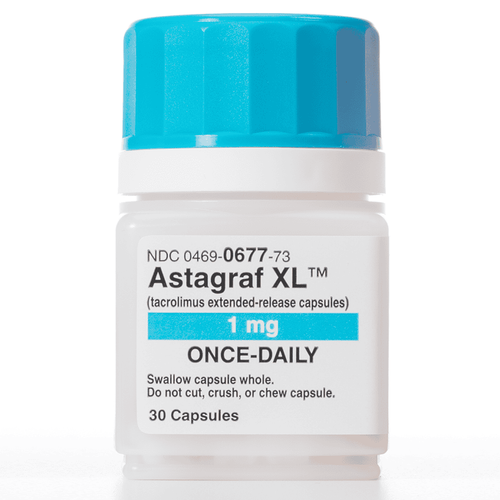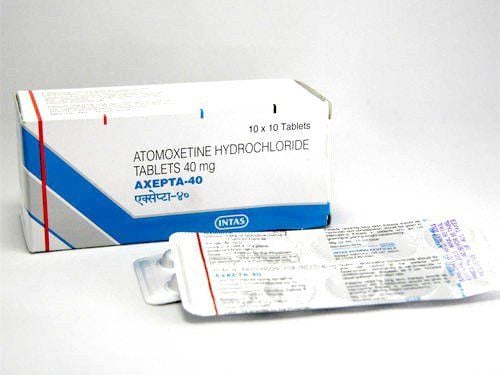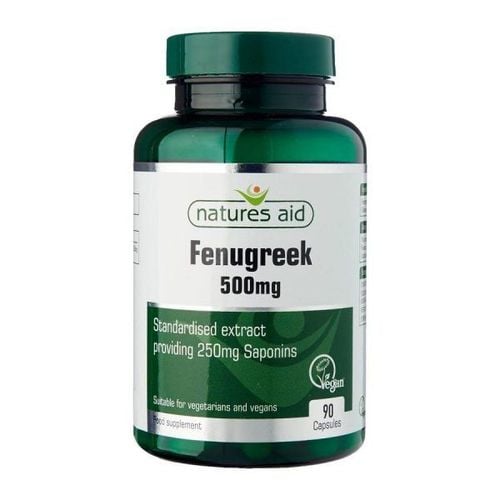This is an automatically translated article.
Nail bed trauma is a fairly common type of injury in daily life. However, the management of nail bed trauma requires good knowledge of anatomy as well as appropriate for each mechanism of injury, both to ensure quick wound healing as well as to prevent deformities and defects. cosmetic defects of fingers and toes.
1.What is nail bed trauma?
Fingernails or toenails can be injured by hitting or crushing the nail by getting a finger stuck in a door or a drawer in a desk or cabinet. This type of injury often causes subungual bleeding and subungual hematoma. However, fingernails and toenails can also tear or separate from the toe due to more intense trauma, causing a nail tear or loss of the nail.
In contrast, with nail bed injuries occurring at the toenail, repeated, long-term due to wearing ill-fitting shoes, long-term can lead to nail deformity due to toenail puncture. Deformities of this type can resemble a fungal infection, the nail bed can thicken or discolor or even peel off the nail bed, causing cosmetic loss.
Besides, bad habits that are hard to break such as: nail biting and biting the cuticle around the nail can also cause injury to the nail. Furthermore, nail biting is also a major cause of acute onychomycosis, an infection in which bacteria get under the tissue at the edge of the nail and cause swelling and irritation. In severe cases, the nail can separate from the tip of the finger.
2.What are the symptoms of a nail bed injury?

Tụ máu dưới móng
There are five possible types of injury to nail bed injuries. However, a combination of these manifestations can also occur on the same nail.
Hematoma under the nail: A prominent manifestation with the image of bruises under the nail due to nail damage. Damaged nails are usually red or purple-black, fading to blue over several weeks. The entire finger or toe is aching, painful to the touch or even when the finger moves freely in space. Bruising on the nail may appear on its own if a blood vessel under the nail breaks and fades on its own, or it can be seen in association with other injuries to the nail.
Nail tear: Nail tears can be caused by cuts through the nail, to the nail bed, cuticle, or lateral nail folds, or any combination of these ingredients. In fact, nail bed trauma with tearing of the nail will show blood on the skin. The nail is torn, deformed or peeled depending on the type of injury.
Nail segment: This is a type of injury that amputates the tip of the finger at the nail site, including part or all of the nail. This type of lesion may or may not be visible.
Depilation: This type of injury occurs when part of the nail is detached from the nail bed or protrudes from the skin at the base of the nail and is often accompanied by bleeding. Physical damage that causes nail detachment is often associated with a tear.
3. How to treat nail bed injury at home?
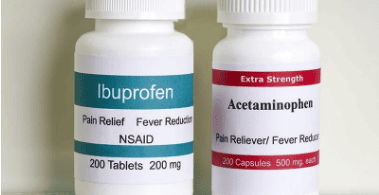
Bạn có thể sử dụng thuốc giảm đau acetaminophen hoặc ibuprofen để giảm đau do chấn thương giường móng
Home nail bed injury care should begin with initial wound care and wound assessment, which is done with the following steps:
First, remove all jewelry from the hand or table affected leg. Stop bleeding by applying pressure with a clean towel. Once the bleeding has stopped, remove the cloth and examine the wound. Home care may be appropriate if there is only a subungual hematoma and the area is less than 25%. At the same time, fingers or toes are not bent or deformed, and there are no tears or cracks in the nail. You should be aware that keeping your arms or legs above heart level will help reduce the sharp pain. Wash any cuts or scrapes in the nail in soap and water, then cover. If there are any tears, lacerations, large bruises on the nail or if the nail is bent or deformed, it is necessary to take the patient to the emergency room. Do not intentionally pull the nail or attempt to remove the nail from the foundation. Last check for tetanus vaccination. Take common pain relievers such as acetaminophen or ibuprofen for pain relief.
4. When should I go to the doctor if I have a nail bed injury?
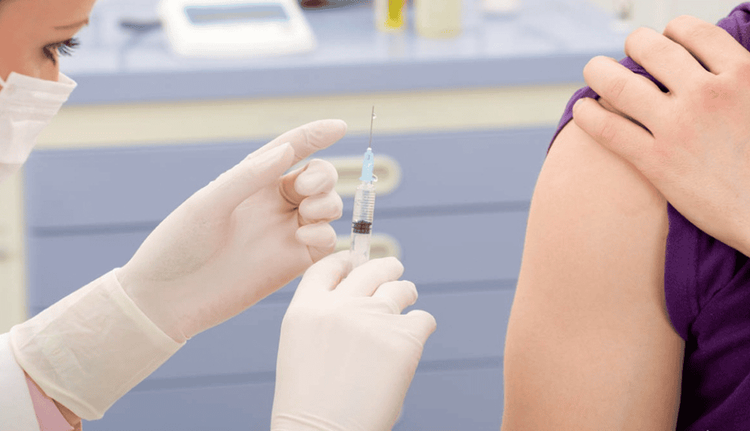
Nếu bạn tiêm uốn ván hơn mười năm kể từ lần cuối cùng nên đi thăm khám khi bị chấn thương giường móng
For minor and localized nail bed injuries that are self-healing, patients can self-care at home. However, if a nail bed injury is accompanied by the following features, a doctor should be seen:
It has been more than ten years since the last tetanus booster shot An infection, redness, or discharge has formed, and progressive worsening at the site of injury two to seven days later. Having a co-morbid condition such as: diabetes, cardiovascular disease, AIDS, being treated with chemotherapy, or any condition that causes poor wound healing or increases the risk of infection. Mechanism of nail bed trauma is complex: (1) tearing or amputation of the nail, the nail bed, or the skin surrounding the nail, (2) peeling of the nail, (3) a hematoma on the nail that covers more than 25% of the nail area. fingernails and tends to be more advanced, (4) flexion or deformity at the tip of the finger indicating a possible fracture, and (5) any injury caused by a human or animal bite.
5. How long does it take for a nail bed injury to heal?
Even with proper wound care, a nail that is permanently deformed after a nail bed injury is still acquired. The nail will grow back but there may be a groove or indentation in it.
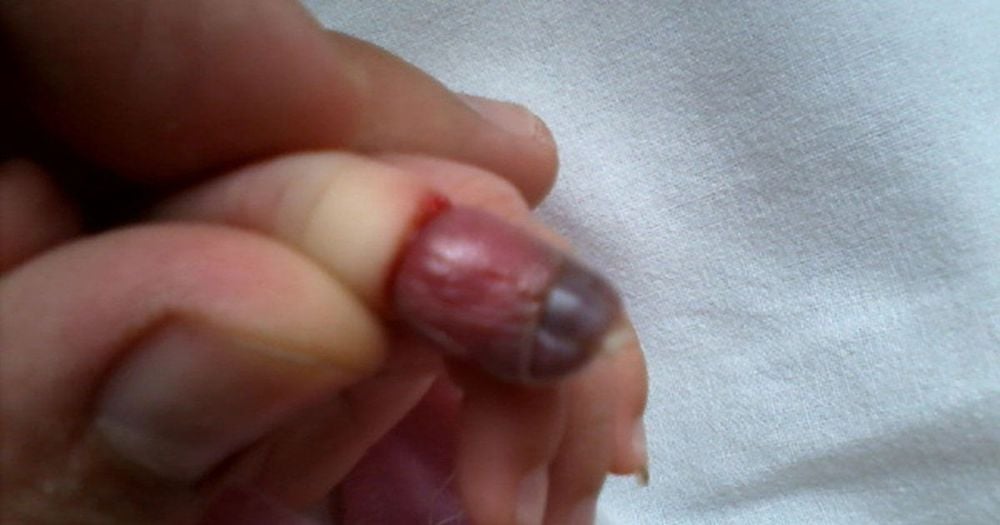
Móng tay bị hoại tử sẽ mất từ bốn đến sáu tháng để móng tay mới mọc lại
On the contrary, if the nail has been cut off or if the bruise on the nail is too large, the injured nail may die to make room for the new nail to grow back. Full recovery is about four to six months for a new nail to regrow and 12 months for a new toenail.
Finally, there is still a risk of infection. This is more common with a bite wound or a poisoned wound. Infection is also a risk for people with diabetes or AIDS, people undergoing chemotherapy, people with poor circulation for any reason, or people with other health problems that can make them sick. reduced ability to fight infection.
In short, nails are an important part of the function of fingertips and toes. Nail bed injuries are quite diverse, and can range from broken nails, toenail tears, nail detachments, or even complex injuries that require repair. Since any nail bed injury carries the risk of permanent deformity, this knowledge is essential for proper at-home repair to help restore nail function.
If in case you have a severe nail bed injury and home remedies do not bring good results, you should go to Vinmec International General Hospital to be examined by highly qualified specialists and experience. Early treatment will bring good results and maximum cost savings for customers.
Please dial HOTLINE for more information or register for an appointment HERE. Download MyVinmec app to make appointments faster and to manage your bookings easily.
Source: emedicinehealth.com - ncbi.nlm.nih.gov - health.harvard.edu - leenailsbeauty.com - msdmanuals.com



